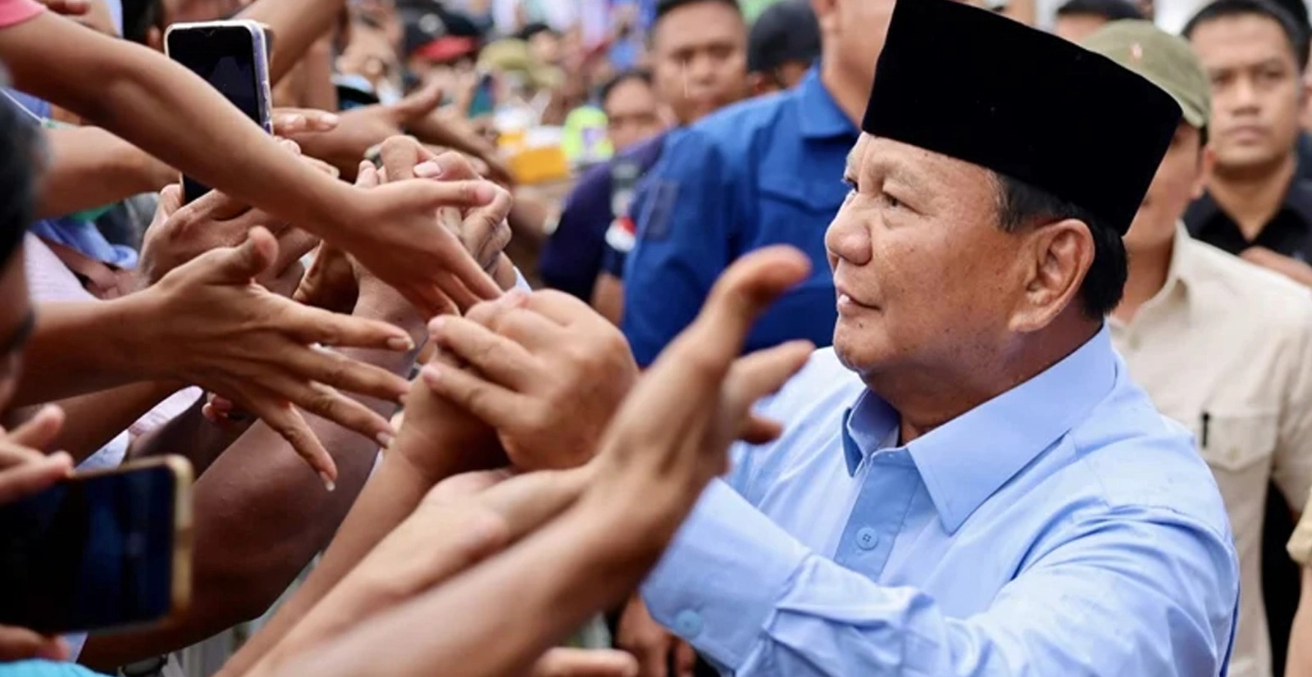Niki Alsford’s recent book, “Taiwan Lives,” explores how the Taiwanese people have transformed their home, a product of settler colonialism, into one of the world’s most high-tech economies, with a successful and vibrant democracy, and a distinctive cultural identity.
There are different perspectives on Taiwan’s history. Xi Jinping’s China believes that Taiwan is an integral part of the People’s Republic of China (PRC) which must be “reunified” with the mainland. Xi has said that people on either side of the Taiwan Strait are “members of one and the same family.” He has presided over a wide-scale campaign of political, economic, and information warfare, and near-daily military intimidation, in order to coerce Taiwan into accepting Chinese rule.
Another perspective on Taiwan’s history is offered by anthropologists like Niki Alsford in his new book, Taiwan Lives: A Social and Political History. Taiwan’s history starts with its indigenous peoples. Archeological evidence shows that they were already living on the island about 5,500 years ago, long before Chinese authorities ever thought of Taiwan. Moreover, people speaking Austronesian languages started out from Taiwan and spread Austronesian languages and culture to neighbouring Southeast Asia and then as far as Easter Island to the east, Madagascar to the west, Hawaii to the north, and New Zealand to the south.
Nevertheless, Taiwan would remain remote from continental Asia prior to the seventeenth century, when colonisation began, writes Alsford. This “involved the systematic replacement of Indigenous populations with an invasive and violent settler society.” Sadly, today, Austronesian speakers make up only 2.38 percent of Taiwan’s population.
Portuguese sailors “discovered” Taiwan in 1544, though they never settled there, and noted it on their maps as Ilha Formosa (“beautiful island”). Taiwan became a Dutch colony during the 1600s, before the Dutch were defeated by Ming loyalist Koxinga. The Qing dynasty, with its Manchu (not Han) leaders, then conquered Taiwan and ruled it from 1683 to 1895. During this time, Taiwan became a key hub in the vibrant regional commerce of the time, according to Alsford.
The 18th century saw the height of settler migration, mainly Han Chinese, to Taiwan. But these were peoples from the nearby coastal regions of China, for whom Mandarin was a foreign language. Taiwan was ceded to Japan in 1895 following the Qing dynasty’s defeat in the First Sino-Japanese War. In sum, Taiwan was a settler colony, much like Australia, Canada, New Zealand or the US. And Taiwan has never been part of the PRC.
Taiwan entered modern history when the victorious World War II leaders granted it to the Republic of China (ROC), after Japan’s defeat, writes Alsford. The ROC had succeeded the Qing Dynasty, and at the time was led by Chiang Kai-shek, a wartime ally of the US. Following the ROC’s defeat on the mainland by the Chinese Communist Party in the Chinese Civil War, Taiwan was the only remaining remnant of the ROC.
Taiwan, as the ROC, was ruled by Chiang’s Chinese Nationalist Party, the Kuomintang (KMT), until his death in 1975. Thus ROC rule, and its associated movement of one-two million mainland Chinese to Taiwan during the late 1940s and early 1950s, would represent the final wave of colonisation of Taiwan (Taiwan’s population in 1945 was only 6 million, while today it is 24 million). This would deny the Taiwanese people the possibility of charting an independent future, as Korea was able to do, after it shed the Japanese colonial yoke following the War.
Notwithstanding the PRC’s claims over Taiwan, since 1949 it has functioned with de facto independence – it has its own government, military, and currency. Further, it made a remarkable transition from authoritarian to democratic governance. According to the Economist Intelligence Unit’s Democracy Index 2023, Taiwan would be the tenth most democratic jurisdiction in the world, and the leading democracy in Asia. By contrast, China is classed as an “authoritarian regime,” and is ranked 148th. It is hardly surprising that today over 60 percent of the population see themselves as Taiwanese, while only 3 percent see themselves as Chinese, according to a recent survey. Indeed, it is remarkable that Taiwan’s diverse population has forged a strong national identity.
The special feature of Alsford’s book is his twenty-four nonficticous “tales,” which are interwoven through the complex history of settler colonialism and provide “a snapshot of the roles various men and women have played in the formation of modern Taiwan.” The author takes inspiration from “The Canterbury Tales” of Geoffrey Chaucer, which paints a portrait of English society in the late fourteenth century.
Alsford’s tales begin with John Dodd, a British tea merchant in 19th century Taiwan, a period during which Britain had a series of treaty ports. “Dodd frequently spent time among the Indigenous communities, … recorded several Formosan languages, and published his research with the Royal Asiatic Society in Singapore.”
The “228 Incident” of 28 February, 1947, is the subject of another very important tale. Alleged mistreatment of a female cigarette hawker by police provoked an anti-government uprising that was violently suppressed by the KMT government, resulting in the deaths of thousands of civilians. This led to the period of violent martial law, also known as “White Terror,” which was not lifted until 1986. This incident highlighted the divide between the “benshengren,” those Taiwanese who arrived from China before the end of World War II, and the “waishengren” who arrived with Chiang Kai-shek’s regime. This was one of the most important events in Taiwan’s modern history, and gave an impetus to the independence movement.
The closing tale is of President Tsai Ing-wen, who is very much a symbol of modern democratic Taiwan. She is of Hakka and Indigenous descent, and has a Paiwan tribal name of Tjuku. She also has a doctoral degree in law from the London School of Economics and Political Science. President Tsai represents the Democratic Progressive Party (DPP), which is staunchly opposed by Beijing because it will not adhere to the “1992 Consensus” concerning the “One China” principle. Among her many achievements was leading Taiwan’s excellent management of COVID-19, despite China preventing Taiwan’s participation in the World Health Organisation.
Following the January elections, the new Taiwanese president, Lai Ching-te, who has been Vice-President under Tsai, will be inaugurated on 20 May 2024. Lai’s election victory was historic in that Taiwan will see, for the first time, the same party – in this case the DPP – lead the country for three consecutive terms of office.
Over the years, Taiwan has become a mature, capitalist democracy, and an important partner of Australia and other like-minded nations. But perhaps, Taiwan and its history are not as well known as they should be. For my part, I had the privilege of recently participating in an excellent study tour of Taiwan, organised by the Victorian branch of the Australian Institute of International Affairs, led by Rowan Callick and Jesse Dass.
This Study Tour inspired me to read “Taiwan Lives: A Social and Political History,” which is very insightful as it goes beyond and deeper into Taiwanese politics than most popular commentary, though it lacks a tale on today’s high-tech economy. But even if you don’t have the opportunity to visit Taiwan, this book is highly recommended reading, as Taiwan is one of today’s geopolitical hotspots.
This is a review of Niki J. P. Alsford’s Taiwan Lives: A Social and Political History. (University of Washington Press, 2024). ISBN: 9780295752167.
John West is the author of the book, Asian Century … on a Knife-Edge, which was reviewed in the Australian Outlook, and executive director of the Asian Century Institute. He has had a long career in international economics and relations, with major stints at the Australian Treasury, OECD, Asian Development Bank Institute, and Tokyo’s Sophia University.
This review is published under a Creative Commons License and may be republished with attribution.




